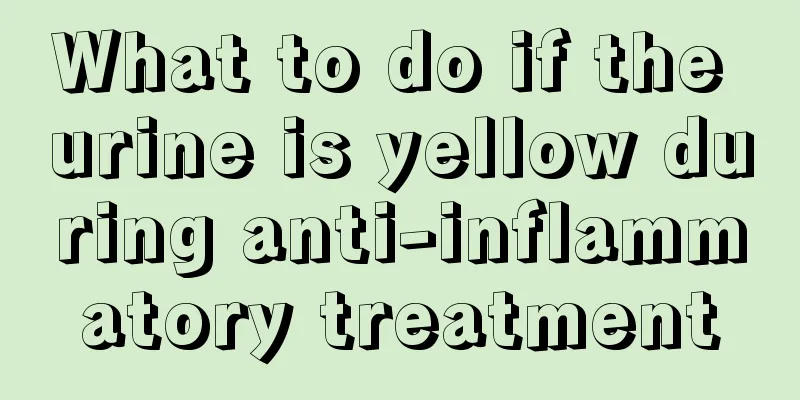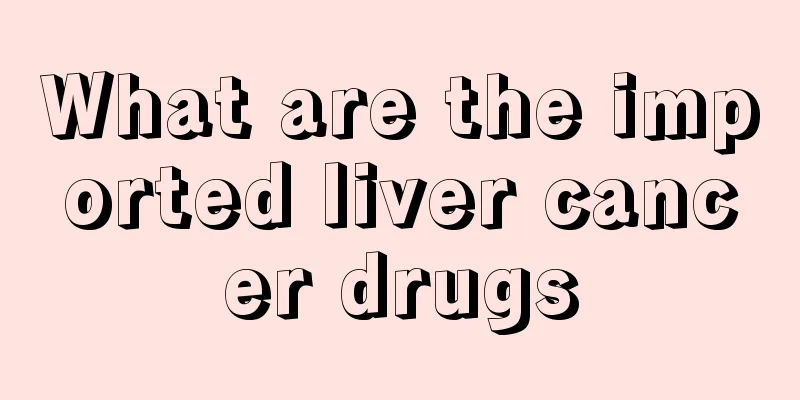What are the treatments for pericardial effusion

|
Pericardial effusion is a common cardiovascular disease, and this disease is particularly common in women, especially menopausal women. This disease is divided into infectious and non-infectious types. Infectious pericardial effusion is mainly caused by viral and bacterial infections; non-infectious pericardial effusion may be caused by tumors, lung cancer and rheumatism. People with this disease will experience chest tightness, shortness of breath, and a feeling as if there is a blockage in the heart. The following is an introduction to its treatment method. treat 1. Medical treatment Drug treatment includes the use of hormones, anti-inflammatory drugs, anti-tuberculosis drugs and other causative treatments. When there are no symptoms, the patient can be observed without medication. Pericardiocentesis can relieve symptoms and extract pericardial fluid for analysis to aid diagnosis and treatment, but its own therapeutic effect is not certain and it is no longer the main treatment method. 2. Surgical treatment The purpose of surgical treatment is to relieve existing or potential pericardial obstruction, clear pericardial effusion, reduce the possibility of recurrence of pericardial effusion, and prevent late pericardial stenosis. If the diagnosis is clear and drug treatment is ineffective, pericardial drainage and pericardiectomy can be performed for this disease. (1) Subxiphoid pericardial drainage is simple and rapid to operate, causes less damage, has clear short-term effects, and has fewer pulmonary complications. It is suitable for critically ill patients and elderly patients; however, the recurrence rate of pericardial effusion after surgery is high. To reduce the recurrence rate, the extent of pericardial resection can be increased. It was first called pericardial window in the 1970s. However, the therapeutic mechanism of pericardial fenestration has only been understood in recent years. Studies have shown that on the basis of continuous and adequate drainage, fibrous adhesions appear between the epicardium and pericardium, and the pericardial cavity disappears, which is the reason why pericardial fenestration has long-term therapeutic effects. Technique of subxiphoid pericardial drainage: The incision starts from the lower end of the sternum and extends downward, with a total length of 6 to 8 cm. A midline incision was made on the upper part of the linea alba to expose and remove the xiphoid process. Bluntly separate the loose tissue between the posterior wall of the sternum and the anterior wall of the pericardium. Use an external retractor to expose the upper abdominal incision and use a right-angle retractor to pull up the lower end of the sternum. The anterior pericardial wall was incised and the pericardial fluid was removed. The pericardium was removed to about 3cm×3cm and the pericardial window was completed. A pericardial drainage tube was placed through another small incision next to the incision. Suture the incision. The pericardial drainage tube is left in place for 4 to 5 days. (2) Partial or complete pericardectomy and chest drainage: This method provides complete drainage and has a low recurrence rate. Since more pericardium is removed, the sources of pericardial effusion and pericardial stenosis are reduced, so the surgical effect is accurate and reliable. However, the surgery causes significant damage and may lead to lung and incision complications. (3) Pericardectomy and chest drainage using VATS can remove the pericardium over a larger area with minimal damage and satisfactory drainage. There are fewer postoperative complications. But anesthesia is more complicated. The key points of thoracoscopic pericardiectomy: the patient is under general anesthesia, intubated with a double-lumen endotracheal tube, in the right lateral position, with right lung ventilation, left pleural cavity open, and left lung collapsed. First, a 10 mm trocar was inserted through the seventh intercostal space to expand the intercostal path and insert the thoracoscopic camera. Perform intrathoracic exploration. Then, the clamp is placed through the sixth intercostal space along the anterior axillary line, and the shear is placed through the fifth intercostal space. During the operation, continuous positive pressure carbon dioxide insufflation of about 8 cm of water column can be used to collapse the lung and maintain it, so as to facilitate exposure of the pericardium. Identify the phrenic nerve, make incisions in front and behind it, and remove a total of 8 to 10 cm2 of pericardium. Be careful not to injure the left atrial appendage. Use forceps to remove the excised pericardial fragment. A drainage tube is placed at the pericardial resection site and led out through the intercostal space, and is retained for 2 to 3 days after the operation. |
<<: Treatment methods for removing white spot wind
>>: How to treat wrist sprain pain
Recommend
What are the preventive and nursing measures for glioma
Gliomas are common and highly prevalent intracran...
What's wrong with the black teeth?
If you don't take good care of your oral hygi...
Do I need to be on an empty stomach to draw blood for sex hormones?
Regular physical examinations can help you find p...
What to eat to prevent breast cancer
What is good to eat to prevent breast cancer? In ...
What foods increase metabolism the fastest?
As we all know, the speed of metabolism is a sign...
Does the child have sperm?
When men reach puberty, their bodies begin to mat...
Does drinking more water help with milk production?
The lactation period is a very important period f...
What is the fastest way to get cancer? What should I eat to get brain cancer quickly, or
Brain cancer mainly refers to malignant tumors in...
What are the dangers of genetically modified foods?
In fact, we may rarely hear the word genetically ...
What are the effects of Gardenia?
Gardenia has many benefits to the human body. Gar...
What is the principle of cold light teeth whitening?
Many people don’t know about cold light teeth whi...
What is the difference between medical insurance and critical illness insurance?
In real life, health insurance is a type of insur...
How long can you live with lymphoma and how to treat it
How long can you live with lymphoma? How is it tr...
What are the early symptoms of breast tumors?
Breast tumors are becoming more and more common. ...
What causes migraine and vomiting?
Headache is the most serious problem that trouble...









